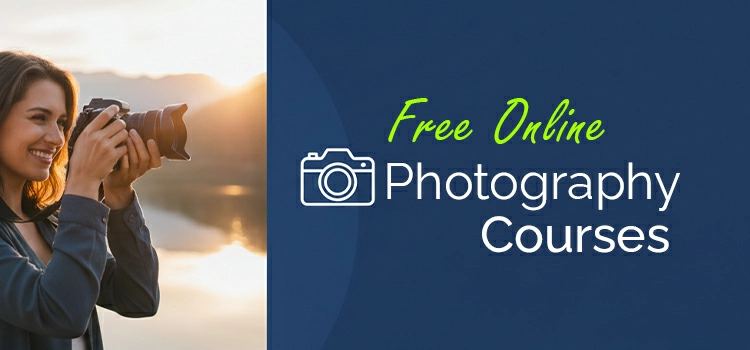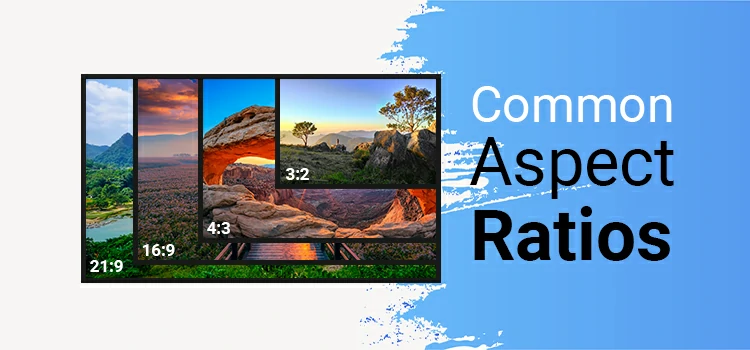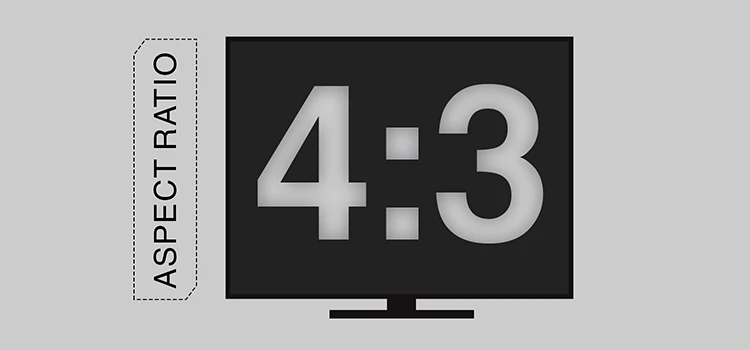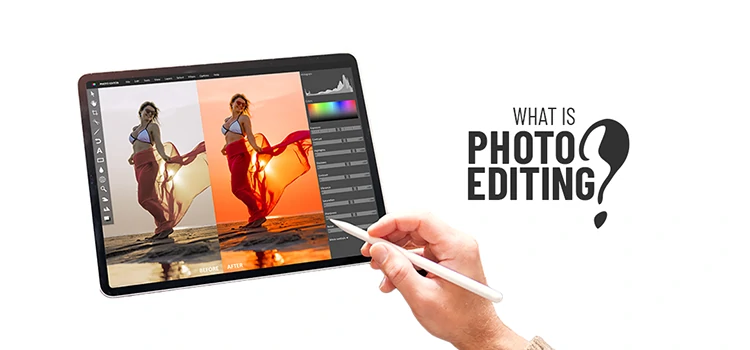Image Retouching-How Did It Originate?

There is a general misconception that retouching has come to its existence after the invention of Adobe Photoshop. In the case of digital retouching, it is new. But analog retouching was started with the photography invention during 19th century.
If we look back to the history of image retouching and editing, we can go to 1860. In 1814 scientist Niepce created the first photograph. Photographs were being manipulated on that time with traditional technology.
It was 1910. Photographers began to edit family photos. These pictures were edited, retouched in commercial photographic studios. The retouchers brought family members together into one picture when they were not together in reality for the portrait session. They (who are not actually in the studio during the photo shoot) were cut out of other photos and pasted on top of a photo of the family at right and re-photographed in a composite image.
There were a number of techniques which were used in the darkroom of the studio back in those days. For example- dodging and burning, scratching the negatives, vibrating while exposing, blurring, airbrushing, painting the negatives, coloring; Photo-montage, or combination printing, was used to manipulate records of historical events or to create painting-like imagery.
Another interesting fact is retouching wasn’t only used in fashion and beauty, it was also a means of manipulating political photographs.

Some of the common photo editing techniques before Photoshop
So, how was the life before Photoshop? On that time the most common photo editing techniques were multiple exposures, combination printing, photo-montage, and basic retouching on the negative or print.
If a photographer wanted to edit photos, he used simple opaque paints as well as airbrushes and charcoals. Photo editing such as retouching was used for the same things we use do today.
Supernatural Photos
One example is a photograph of Abraham Lincoln’s wife after his death. This photo was edited as early as 1870. The shocking thing was that the photographer convinced people it was a real ghost.
Satirical Representation
On those days many photographers also used photo editing to represent their opinions on political issues. For example- We can tell about John Heartfield. He was a famous photographer. He retouched and edited Adolf Hitler’s photo in a satirical way. Yes, it was not very much advanced according to today’s standard. But it was very much up-to-date on that time.
Artificially created funny images
These images were created for festival cards, greeting cards etc.
Team Photos
Another example of the old technique of retouching is to add or remove people from photos. For example- the US Hockey team. Some images were normal but some are controversial.
Image retouching on those days
Photo editing works such as retouching have certainly come a long way since the age of Photoshop and other digital software. Today, we can look back and respect the time and creativity it took to edit these photos without Photoshop. It is unbelievable but amazing, isn’t it?
Retouching and manipulating photographs are done with technically sound with photo-editing softwares such as Adobe Photoshop and Illustrator these days, but back in 1946, making adjustments required a lot more than a computer, some software, and some pointing-and-clicking skills. Retouching required a whole box of tools, a very sharp eye, and an extremely steady hand.
Just about every photograph we encounter, whether it’s on a computer screen or in a magazine or on a billboard, has been retouched or manipulated digitally in some way, most likely using Photoshop. From simple retouching like removing red-eye, to complex manipulation like removing people, Photoshop has dramatically changed the way we use the medium of photography. Or has it?
How did they do the things?
Just about every photograph we encounter, whether it’s on a computer screen or in a magazine or on a billboard, has been retouched or manipulated digitally in some way, most likely using Photoshop. From simple retouching like removing red-eye, to complex manipulation like removing people, Photoshop has dramatically changed the way we use the medium of photography. Or has it?
An exhibition at the Metropolitan Museum of Art in New York shows how photographers long before the digital era regularly employed techniques of manipulation in their work. Some merely compensated for the medium’s limitations, while others used manipulation to create obviously fabricated scenes.
For example, “Fake decapitation was the LOLcats of the 19th century,” Mia Fineman, an assistant curator of photography at the Met and the author of the exhibition’s accompanying catalog, told us.
We corresponded over email with Fineman about the show, “Faking It: Manipulated Photography before Photoshop”…
I think many people will be surprised to learn that photo manipulation began very soon after the invention of photography. What were a couple of the earliest techniques and why were they used? I’m sure there must have been different motives.
Most of the earliest manipulated photographs were attempts to compensate for the new medium’s technical limitations — specifically, its inability to depict the world as it appears to the naked eye.
When photography was first introduced in 1839, people wondered how a medium that could render forms and textures with such exquisite detail could fail to register the ever-present element of color. Eager to please potential customers, photographers immediately resorted to manual intervention, enlivening their pictures with powdered pigment, watercolor and oil paint.
The Conclusion
Early photography was color-blind in other ways as well. In the 19th century, photographic emulsions were much more sensitive to blue and violet light than to other colors on the spectrum, which meant that blue skies almost always appeared blotchy and overexposed. To overcome the problem, many landscape photographers would make two separate negatives — one exposed for the land, the other for the sky — and print them together on a single sheet of paper. The French photographer Gustave Le Gray used this technique in his majestic seascapes of the 1850s.







